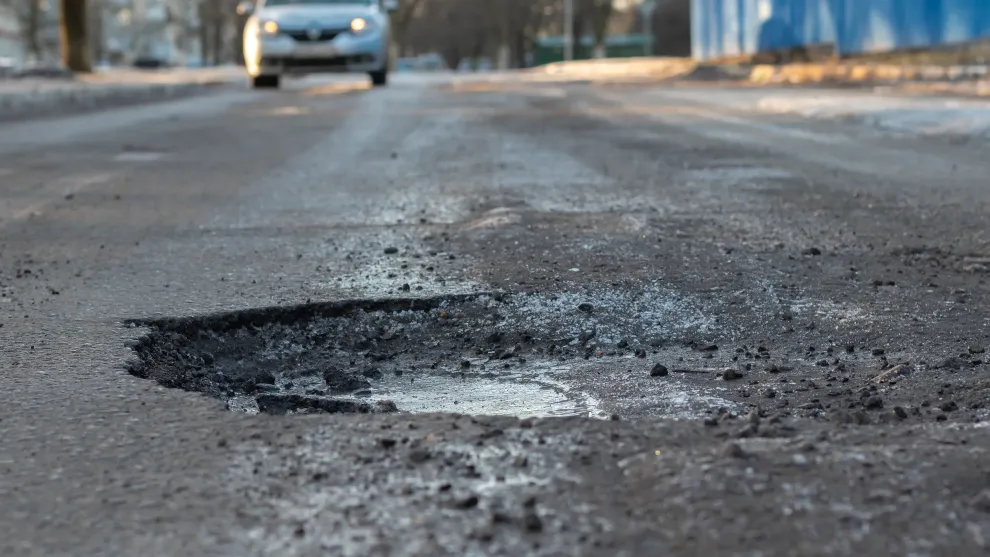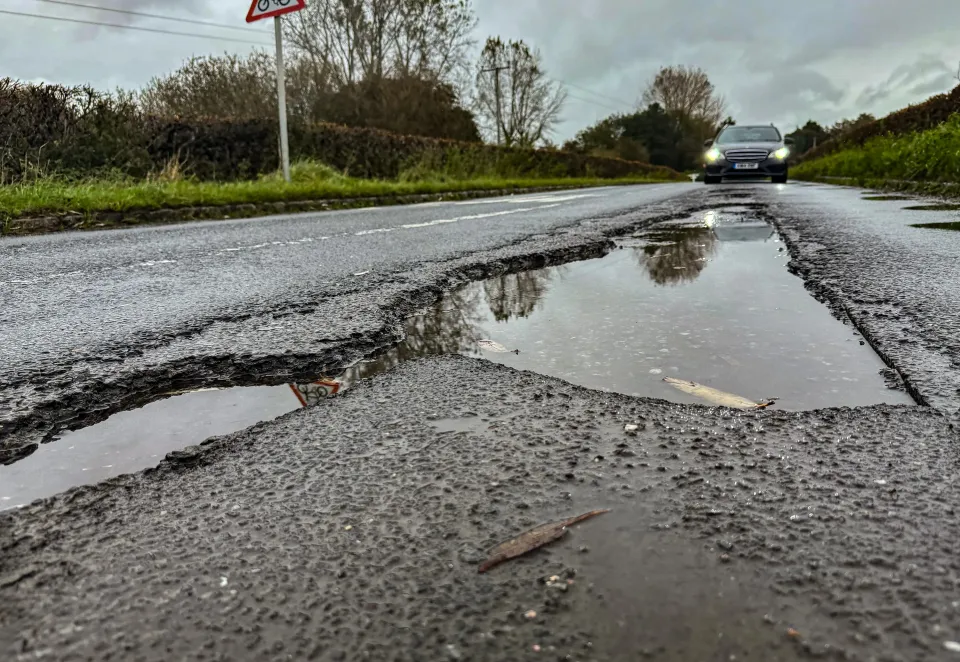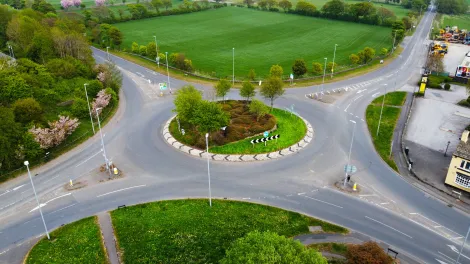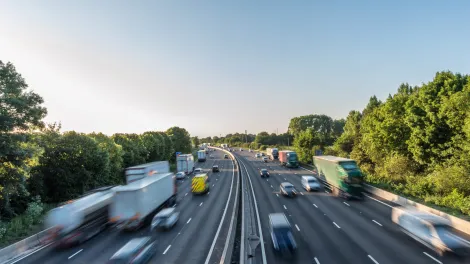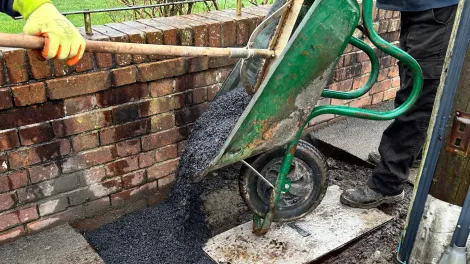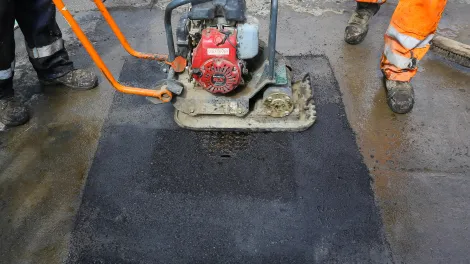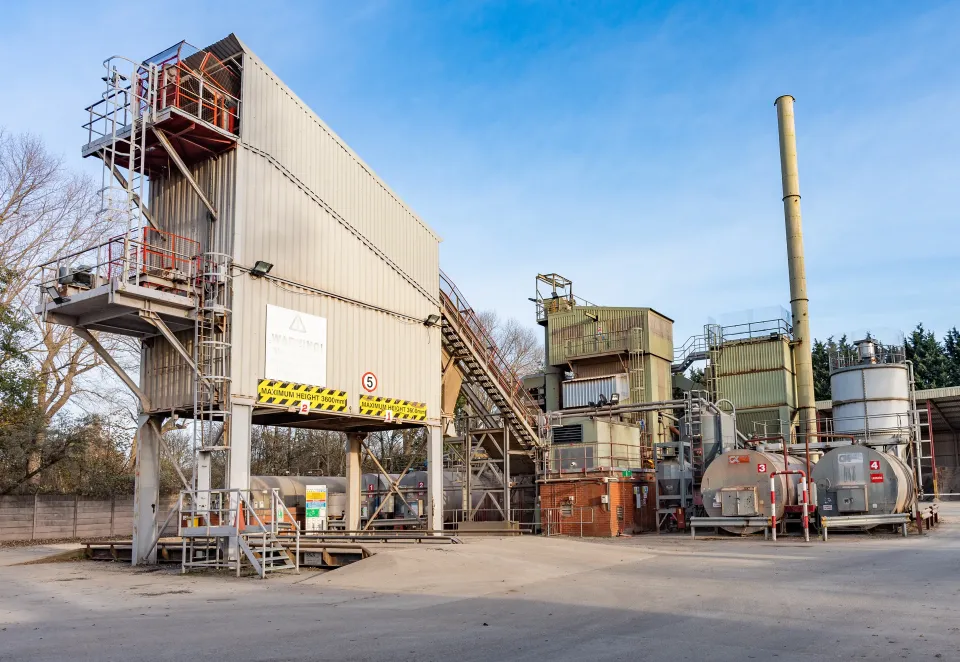Potholes & Reinstatement
Holcim strengthens roads with sustainable repair solutions
The UK’s road maintenance crisis is more urgent than ever, with the latest ALARM report highlighting a record backlog of nearly £17 billion in carriageway repairs. Over half of the nation’s local roads have less than 15 years of structural life left, and potholes continue to pose a serious hazard to drivers and pedestrians alike. In response to this growing issue, the Department for Transport has allocated an additional £500 million to tackle pothole repairs, with plans to fix millions of potholes across the country.
At Holcim UK, we're driven to supporting the government’s efforts by providing durable, cost-effective asphalt solutions for pothole repairs and long-term road resilience. We have an extensive range of advanced materials and repair solutions that offer a sustainable approach to restoring road networks, helping local authorities make the most of the new funding. Our expert teams are collaborating with councils and contractors to ensure safe, reliable, and efficient roads for everyone.
Together, we can address the UK’s pothole crisis and build a more resilient infrastructure for the future generations.
How can we prevent potholes?
While potholes are inevitable in aging infrastructure, targeted interventions can significantly reduce their occurrence and extend pavement life.
Preventative solutions
Reinstatement work
AIA Annual Local Authority Road Maintenance (ALARM) Report
The ALARM report is an influential, independent annual survey conducted by the Asphalt Industry Alliance (AIA), a partnership between the Mineral Products Association (MPA) and Eurobitume UK—two key bodies representing suppliers of materials used in road maintenance.
It gathers detailed insights from local authority highways departments across England and Wales, providing a comprehensive overview of the condition of the local road network and the resources available to maintain it.
The report has been published since 1995, making it one of the longest-running, most respected sources of data and analysis on the state of local roads in the UK.
Here’s our summary of the key findings from this year's report:
- Deteriorating Local Road Network: 52% of roads have less than 15 years of structural life remaining, with 34,600 miles classified as "poor" condition.
- Increased Pothole Repairs: Over 1.9 million potholes were filled in the last year, costing £137.4 million.
- Insufficient Resurfacing: Roads are resurfaced, on average, every 93 years, far from the ideal 10-20 year resurfacing cycle.
- Utility Openings Impacting Longevity: Over 2.2 million utility road openings reduced road lifespan by 17% on average.
- Declining Budgets: Local highway maintenance budgets fell by 4.1% in real terms, averaging £26 million per authority.
- Significant Shortfall: Authorities need an additional £1.25 billion per year to meet maintenance targets.
- Backlog of Repairs: £16.81 billion is needed to restore roads to ‘ideal’ conditions, which would take 12 years to complete.
- Lack of Long-Term Planning: Unlike national highways, local roads lack structured five-year investment plans.
- Short-Term Cash Injections: Local authorities receive periodic funding boosts (e.g., Network North funding) but no long-term solutions.
- Inconsistent Spending: While some authorities saw budget increases, 43% in England reported funding cuts or freezes.
- Rising Road User Compensation Costs: Pothole-related claims cost local authorities £34.3 million in the past year.
